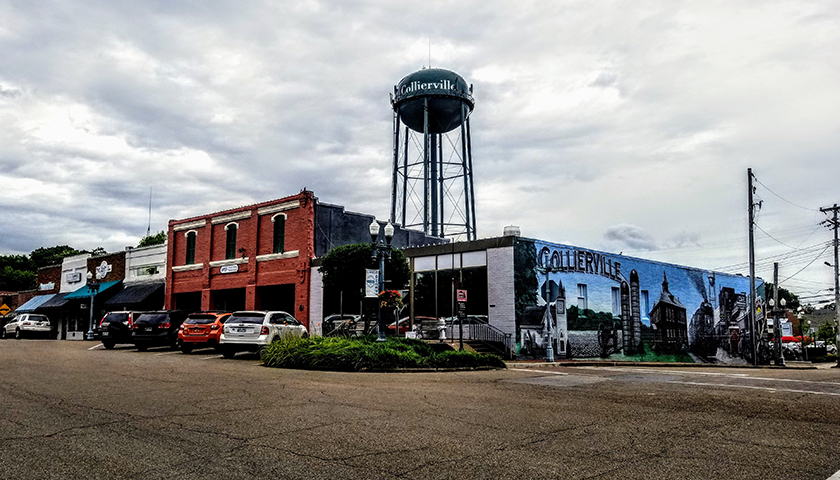The U.S. Census Bureau released its population projections for New Year’s Day and the next decade may be the slowest-growing decade in U.S. history, according to The Associated Press.
The projected population is set to be 335,893,238 by midnight on Jan. 1, 2024, an increase of 0.53% or 1,759,535 people from the previous year, according to the Bureau. Despite this, William Frey, a demographer at The Brookings Institution, a public policy nonprofit, said that the 2020-2030 decade looks to be the slowest in history at less than 4%, noting the previous slowest decade for growth was 7.3%, according to the AP.
Read More



